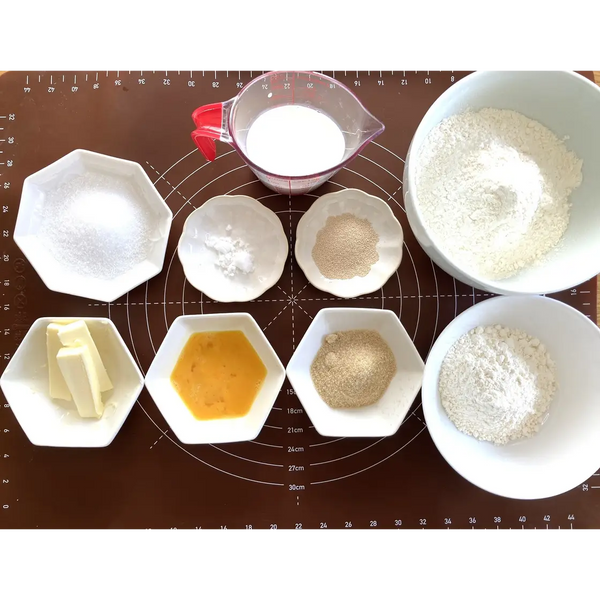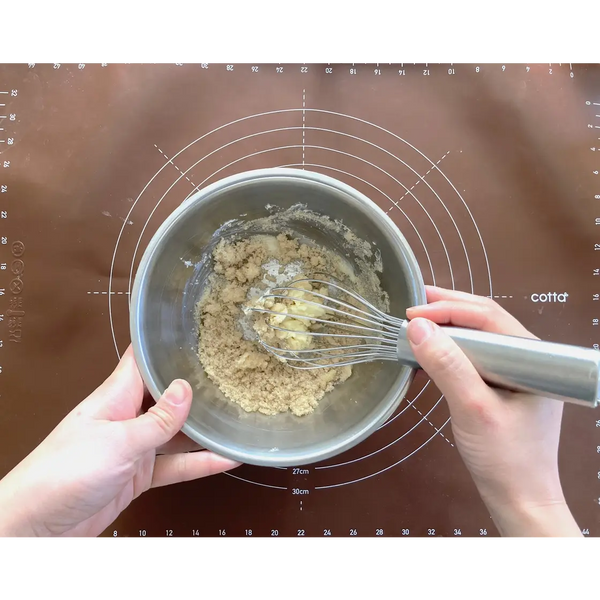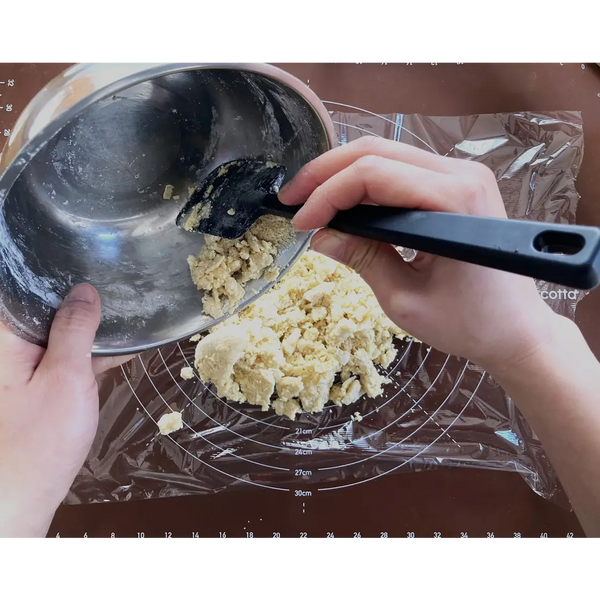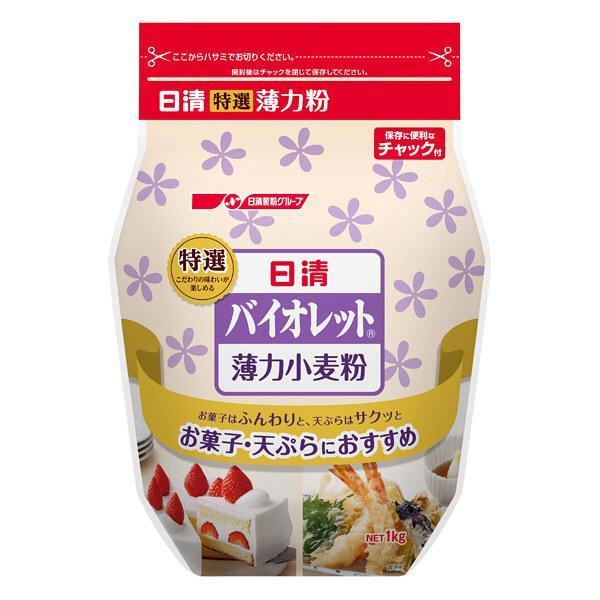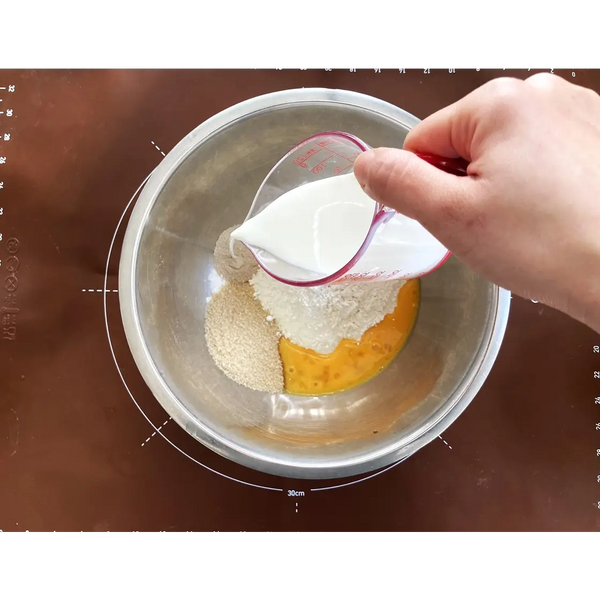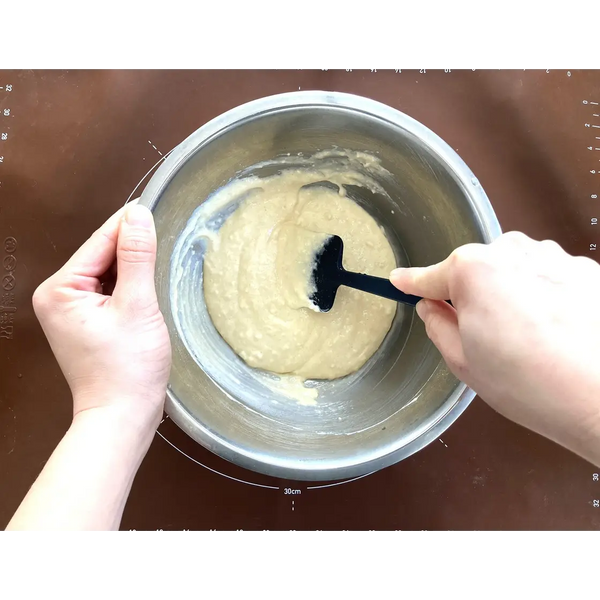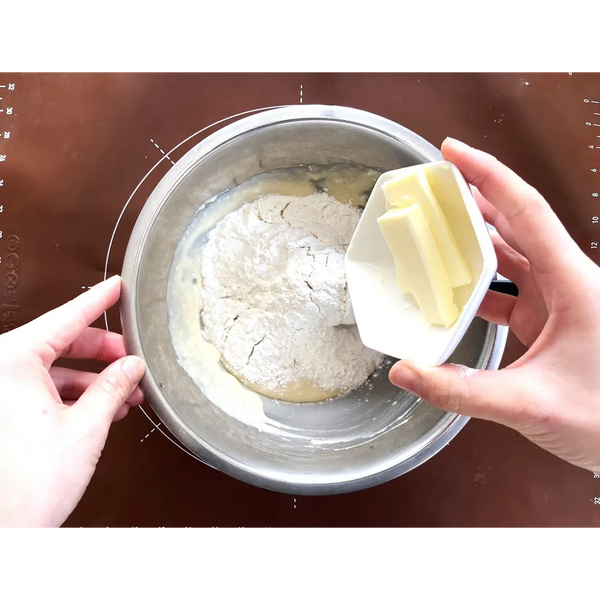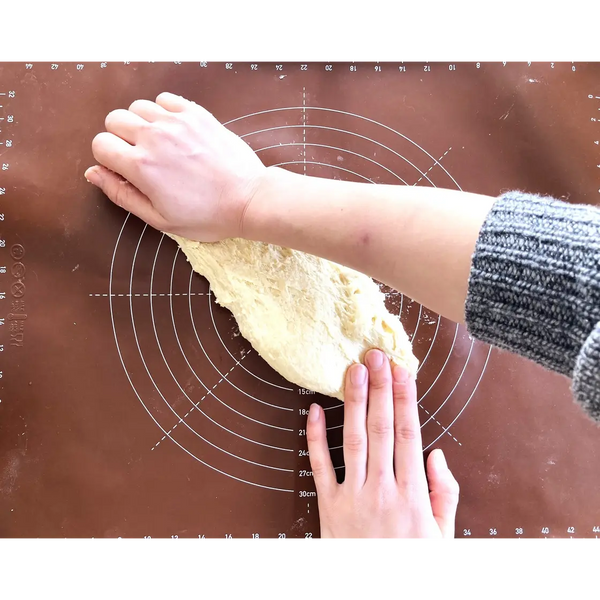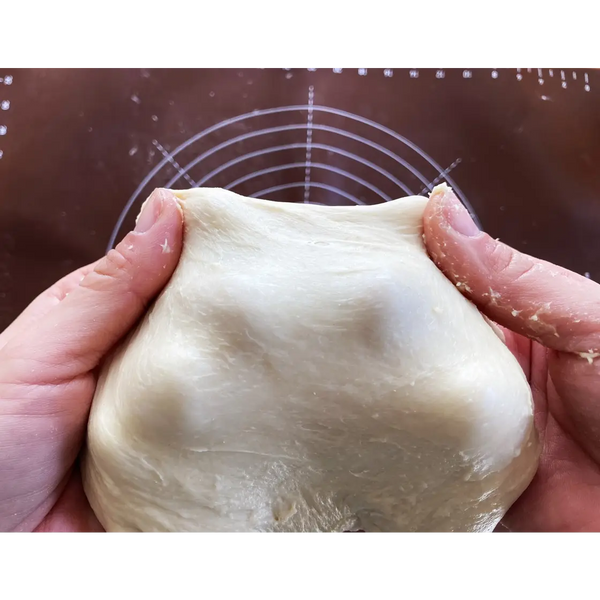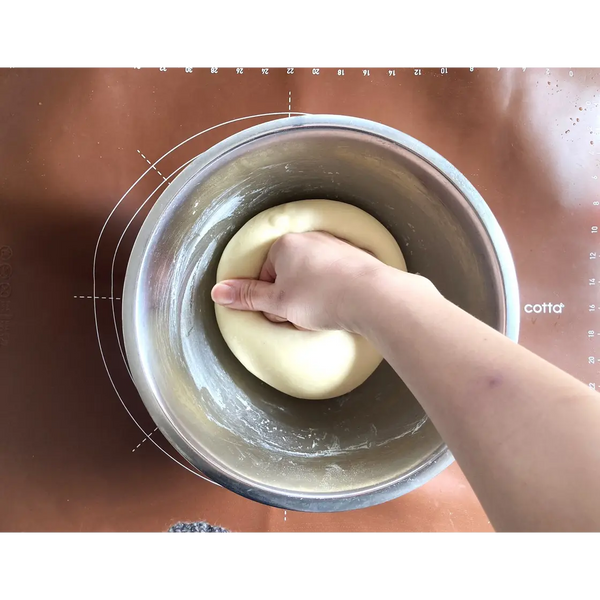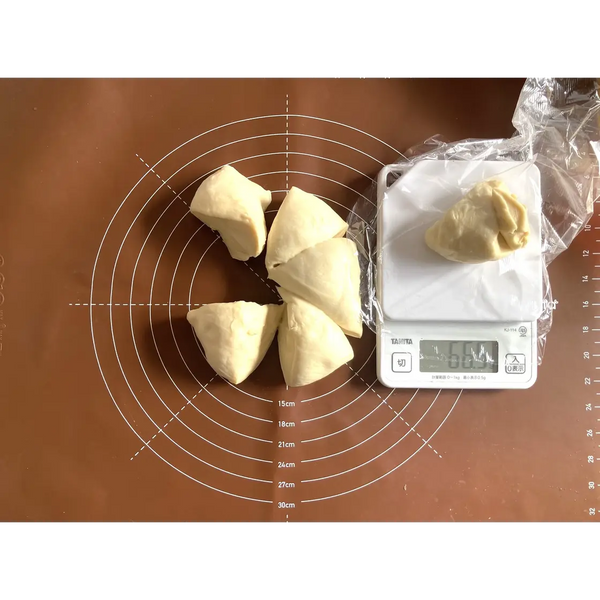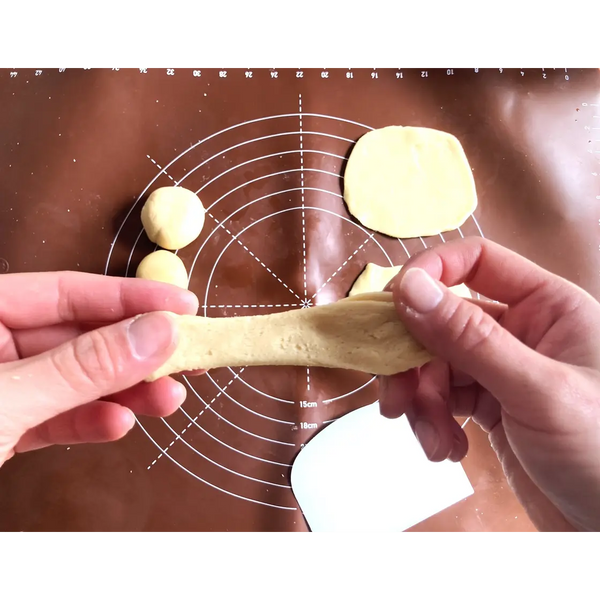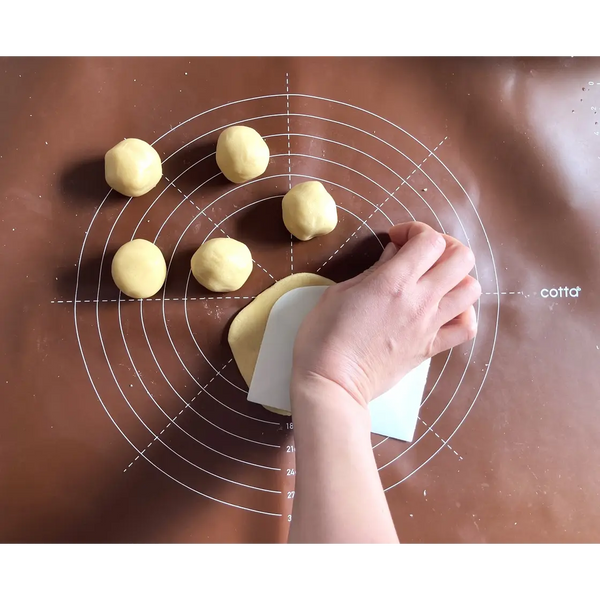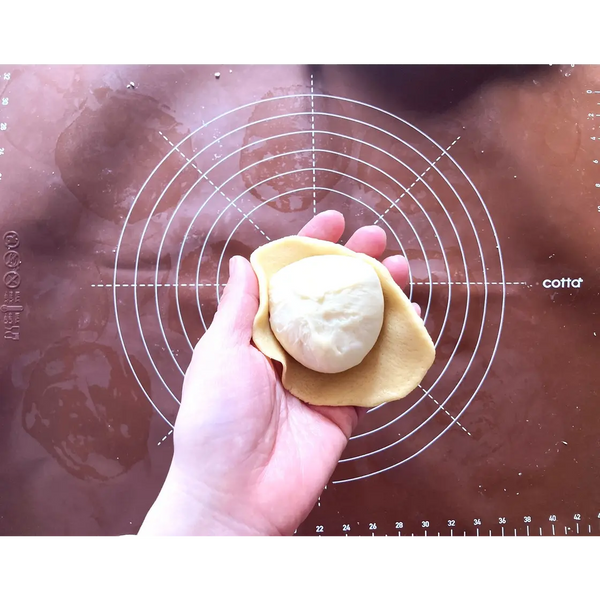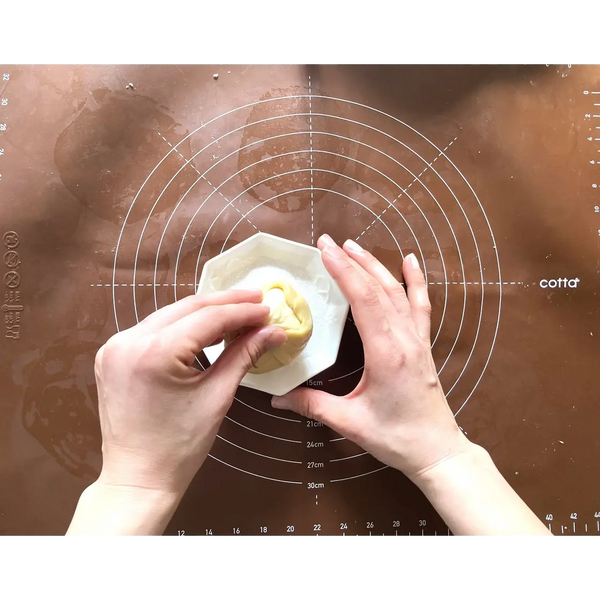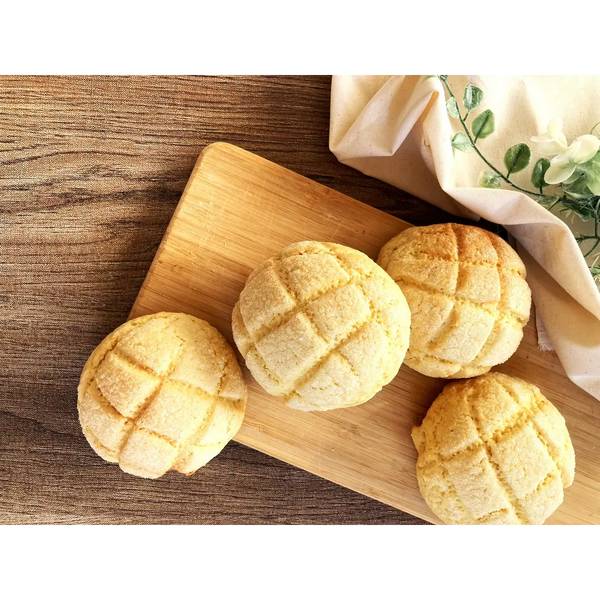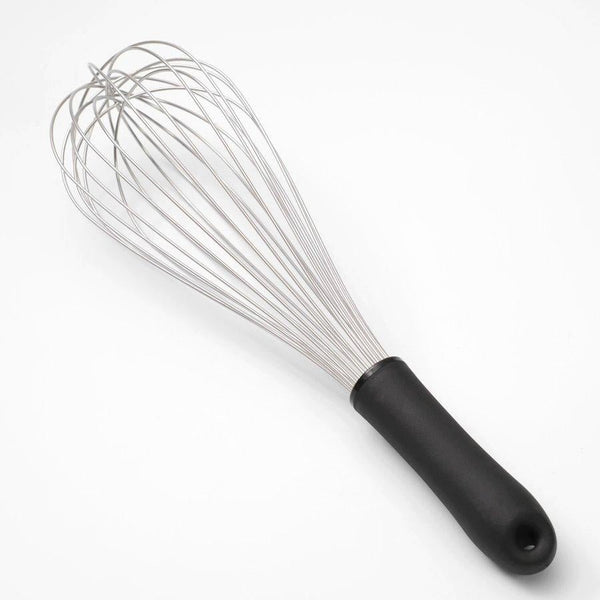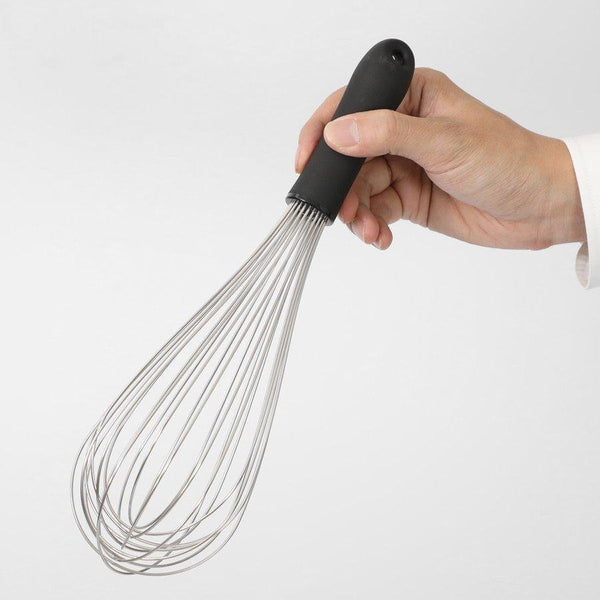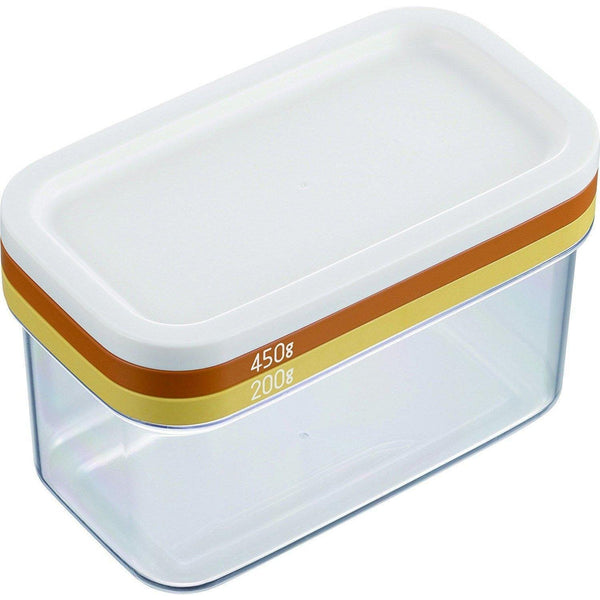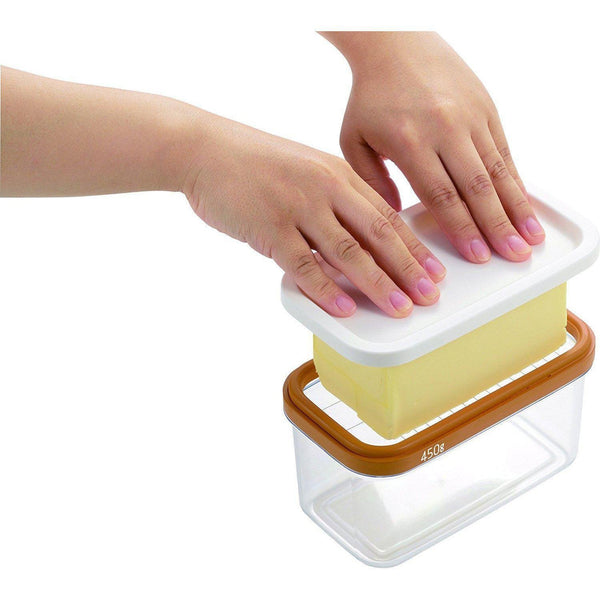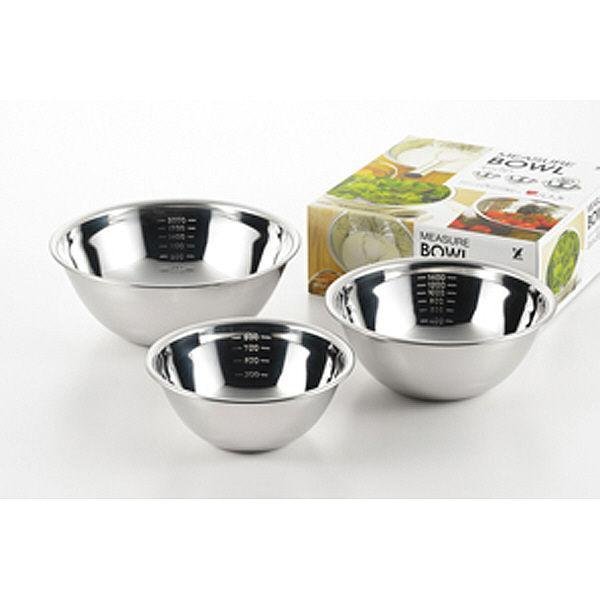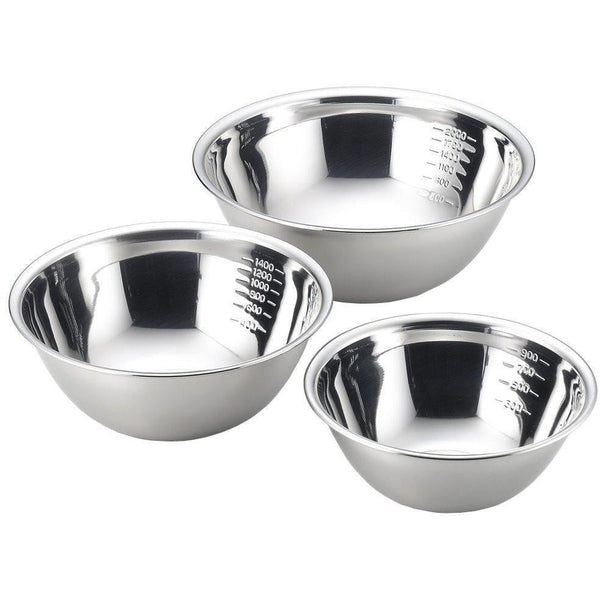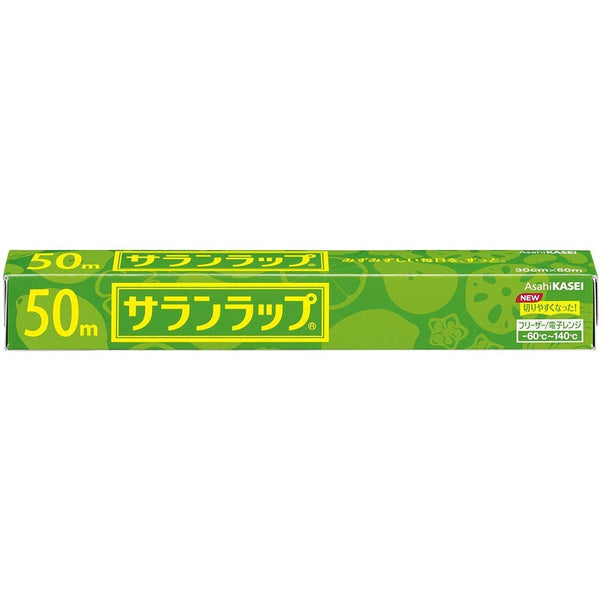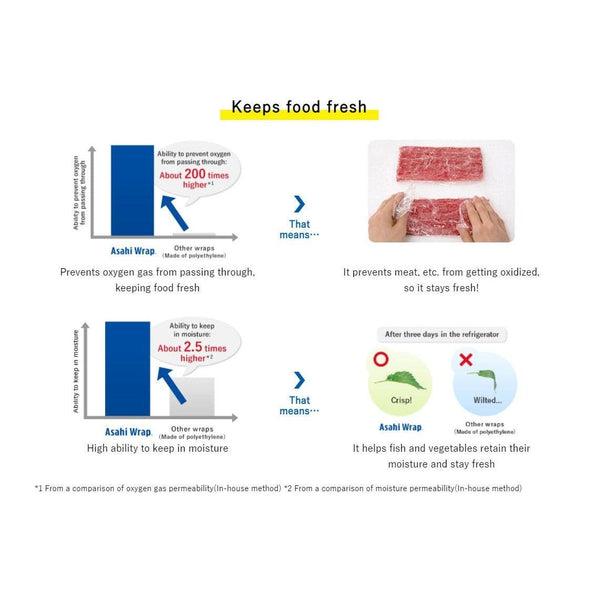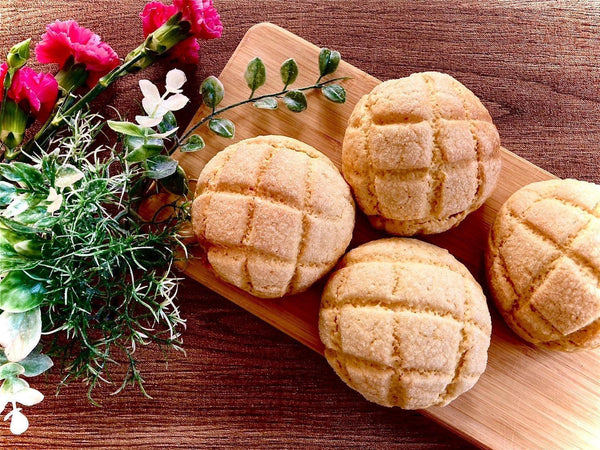
“Melon Pan” is a classic sweetbread and a very popular treat among all generations in Japan.
It is quite simple bread that features a mix of a thin crispy, cookie-like biscuit and fluffy bread, and the round shape of it makes everyone smile.
Even though it is called “Melon Pan”, it usually does not taste like melon. Instead, its appearance resembles a melon. In particular, it looks like a musk melon, a luxurious and high-class Japanese fruit.
People are obsessed with melon pan, and there is even a Melon Pan Festival in Tokyo. There are bakeries that specialize in making only Melon Pan, a Melon pan character, and even a song about Melon Pan! It truly is a must-try treat when you come to Japan!
There are several theories on how Japanese people started eating Melon Pan. The most famous story is about an Armenian baker working at the Emperor Hotel, who started baking a mixture of galette and Russian bread in 1910. Another famous theory is about a bakery in Kobe, which created a sweet bread in the shape of the sunrise. That's why some bakeries in Western Japan call Melon Pan “Sunrise Pan”. If you want to learn more about melon pan, check out our article on Japanese breads.
Maybe now you’ve become curious about melon pan and want to try it out for yourself. We will introduce a classic and traditional melon pan recipe that you can easily make at home. We will be making our recipe by hand, but you can, of course, use a stand mixer to make the process faster if you have one. We’ll also share some tips along the way to guarantee your success in the kitchen.
The aroma of freshly baked Melon Pan will make your family’s and friends’ mouths water and will have them wanting to devour them immediately. We hope you'll enjoy our recipe!


